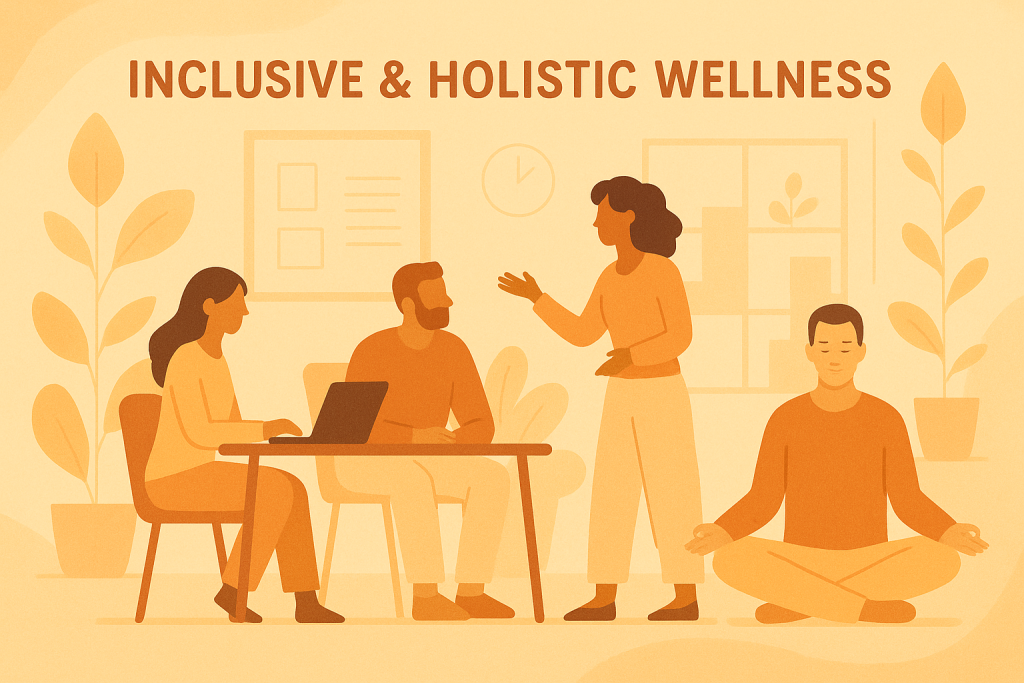“TO-DO’s“
1. Assess Your Current State
Review existing wellness efforts in mental health, flexibility, financial well-being, preventive care, and inclusivity.
2. Pick One Strategic Goal for 2026
Examples:
● “Reduce Q1 absenteeism”
● “Improve team engagement scores”
● “Lower burnout indicators on quarterly check-ins”
3. Choose Two Trends to Activate
Examples:
● “Financial Wellness + Work–Life Integration”
● “Tech-Enabled Personalization + Inclusive Wellness”
4. Pilot a Low-Cost Initiative
Ideas:
● A winter wellness challenge
● A Financial Wellness Lunch & Learn
● A mindfulness or resilience workshop
● A rotating resource of the month
5. Measure & Adjust
Track:
● Participation
● Feedback
● Turnover and absenteeism patterns
● Team satisfaction trends
6. Communicate Consistently
Leadership visibility and communication are repeatedly shown to shape program success (Krekel et al., 2019). Share progress, celebrate wins, and build momentum.


